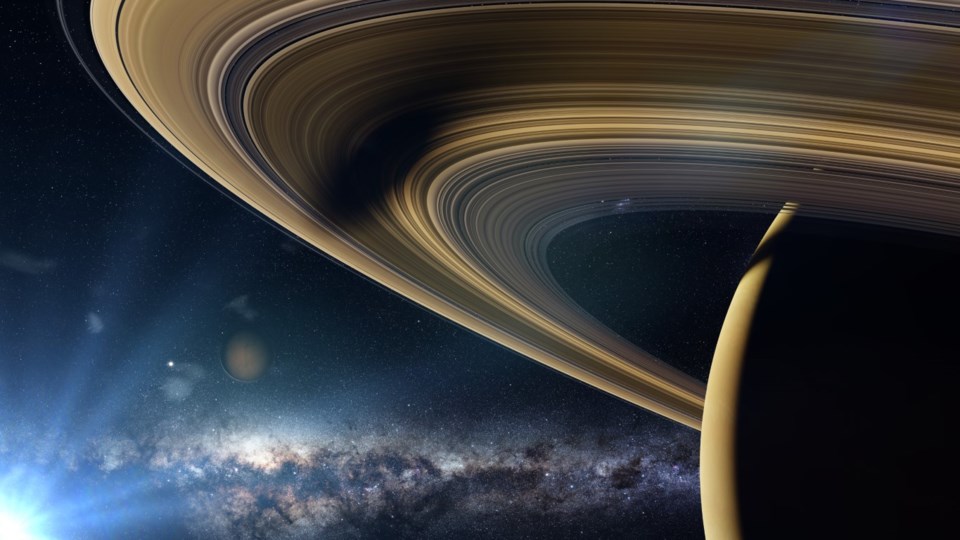The moon as a thin crescent is five days from first quarter when August begins. By Aug. 11, the moon is full and four degrees south of Saturn. Will you be able to spot the Ringed Planet behind the bright disk of the full moon? It won’t be easy.
Wouldn’t it be nice to visit the Southern Hemisphere in August? That’s when Mercury puts Aug. best show of the year, standing at its highest Aug. 21. For us in the Northern Hemisphere, it’s a poor showing, indeed — the ecliptic is flat along the horizon, so Mercury sets right along with the sun. However, it’s worth looking out for a close pairing of Mercury and the bright star Regulus, in Leo, the lion, on Aug. 4. They’re separated by less than one degree.
Venus is still the bright Morning Star in the early morning eastern sky, among the stars of Gemini, the twins. The moon passes by Aug. 25, just four degrees north.
Mars is in conjunction with Uranus Aug. 1. “Conjunction” meaning both bodies are on the same celestial meridian, like the lines of longitude on Earth. For those with keen vision, red Mars just south of blue Uranus should be an interesting sight — binoculars or a telescope will make the sight that much more enjoyable. Aug. 19, the last-quarter moon is three degrees north of the Red Planet.
Jupiter is retrograding in Cetus, the whale, for all of August, apparently moving faster westward against the stars, but, of course, it’s us on Earth moving faster. The waning gibbous moon passes just two degrees south of the gas giant Aug. 15.
Saturn is in opposition Aug. 14, so nicely positioned for observers with a telescope or a camera — a great time to view the giant planet with its magnificent ring structure. Did you know that the rings are just over 400,000 kilometres across? That’s the same distance from the Earth to the moon.
Uranus is in conjunction with Mars Aug. 1, as noted above. The moon blocks out Uranus in an occultation Aug. 18, except it’s at 6 a.m. for central Canada, in the daylight. Otherwise, the moon is 0.6 degrees away, for the earlier riser. It might be fun to watch the moon uncover two occulted stars a little northeast of the Pleiades, right around midnight Aug. 20.
Neptune shows up around mid-evening, making a small arc in retrograde motion toward the middle of August.
The Perseid meteors peak the night of Aug. 12. That’s when Earth passes through the cloud of tiny particles left behind by Comet 109P/Swift-Tuttle in its many passes by the sun. It has been confirmed that the earliest sighting was more than 2,100 years ago, returning approximately every 130 years. It is next due to appear in 2126.
James Edgar has had an interest in the night sky all his life. He joined the Royal Astronomical Society of Canada in 2000, was national president for two terms, is now the editor of the Observer’s Handbook, and production manager of the bi-monthly RASC Journal. The IAU named asteroid 1995 XC5 “(22421) Jamesedgar” in his honour and in 2021 he was awarded a Fellowship of the RASC.




